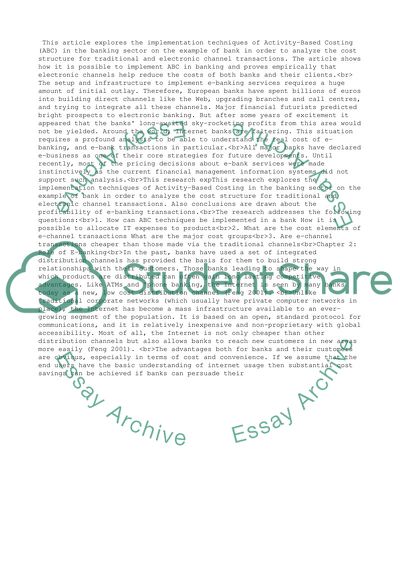Cite this document
(“E-Banking and ABC costing Assignment Example | Topics and Well Written Essays - 4000 words”, n.d.)
Retrieved from https://studentshare.org/business/1515337-e-banking-and-abc-costing
Retrieved from https://studentshare.org/business/1515337-e-banking-and-abc-costing
(E-Banking and ABC Costing Assignment Example | Topics and Well Written Essays - 4000 Words)
https://studentshare.org/business/1515337-e-banking-and-abc-costing.
https://studentshare.org/business/1515337-e-banking-and-abc-costing.
“E-Banking and ABC Costing Assignment Example | Topics and Well Written Essays - 4000 Words”, n.d. https://studentshare.org/business/1515337-e-banking-and-abc-costing.


